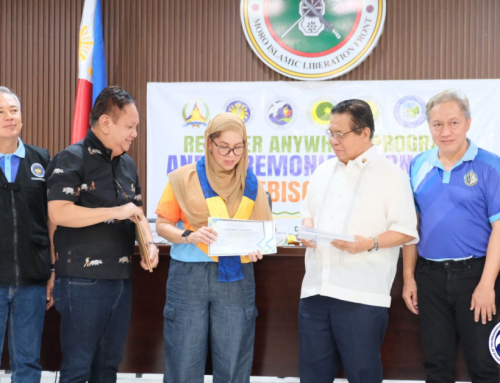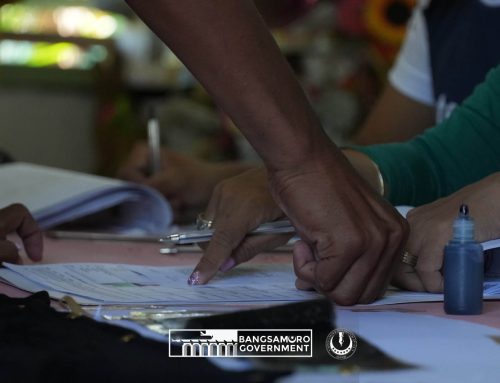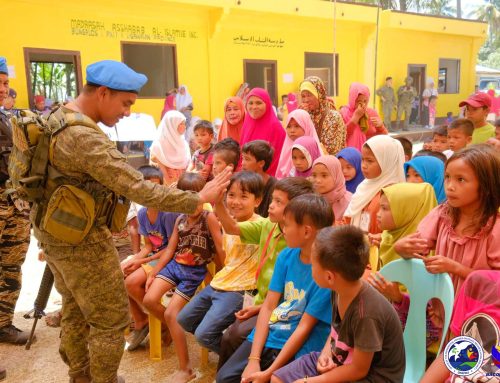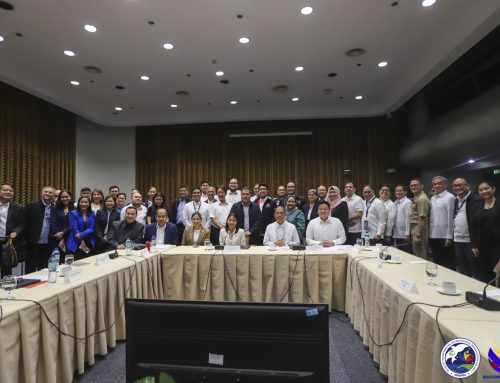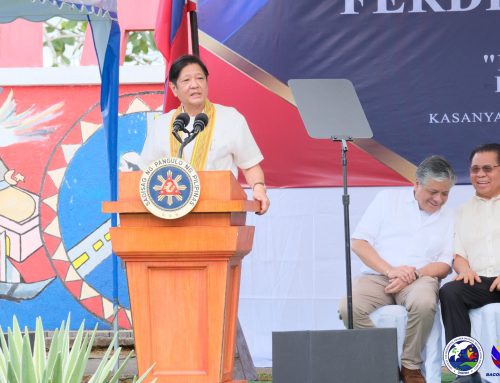ZAMBOANGA CITY – Both academicians and youth leaders agree that correcting the historical narrative of the Bangsamoro in the Philippines is crucial in fostering a better understanding among the Filipino people and in helping forward a resolution to the decades-old rebellion in the Philippine south.
National Ulama Council of the Philippines (NUCP) Secretary General and Moro professor Alih Aiyub said it is crucial that the new generation understands the underlying factors of the Mindanao conflict which largely stems from the political and economic struggle of the Bangsamoro. He also highlighted the importance of having “well-informed constituencies” in order to generate wide public support on the Bangsamoro peace process.

“It is very important for the public and most especially for the youth to understand the correct narrative of the Moro history to deconstruct deep-seated biases and prejudices,” said Aiyub during a peace forum recently held at the Western Mindanao State University. He also urged hundreds of students gathered in the forum to “actively engaged in the peace process” since they will be consulted in the drafting of a new enabling law.
The Philippine government and the Moro rebel movements have signed at least three major peace accords: the GPH-Moro National Liberation Front (MNLF) 1976 Tripoli Agreement and the subsequent 1996 Final Peace Agreement; and the GPH- Moro Islamic Liberation Front (MILF) 2014 Comprehensive Agreement on the Bangsamoro (CAB). Dissimilar to the failed Bangsamoro Basic Law (BBL) which focused on the government’s peace accord with the MILF, the new law being envisioned will serve as the legal mechanism to fully implement all signed Bangsamoro accords.
Inclusivity will be the new cornerstone of the new law as it is being positioned to address the various concerns of other stakeholders such as the indigenous peoples, the traditional political leaders, and the sultanates among others.
The Moro struggle for political and economic self-determination began centuries ago prior to the existence of the Philippine republic, when colonial powers dismissed their already established systems of independent governance which had vibrant diplomatic and economic ties among its Asian neighbors.
“We see the youth as multipliers to increase understanding and peace building,” commented Aiyub, explaining that having a better comprehension of the root causes of the Mindanao conflict will help foster understanding “towards the eradication of existing prejudices and biases that have been causing roadblocks to the peace process”.
For her part, Western Mindanao State University Center for Peace and Development Director Dr. Marcie Carpizo highlighted the necessity to conduct healthy, informative dialogue and exchange of ideas on the peace process. “Peace fora such as this will help in the conscientization of young minds; so that when they disseminate information in their communities, they can provide the correct narrative of the real history of the Bangsamoro.”
“The youth will be taking over. We want a better future. Now, if we’re not going to prepare them with the correct information, what will be the outcome? What we want is a real transformation, and change the situation, especially of those in conflict-prone areas in Mindanao,” Carpizo pointed out.
One of the university’s graduating students Seagal Asjali, meanwhile, advised his fellow students to not be drowned in the vast sea of information with the advent of the social media. “It is also very important to promote critical thinking among the youth. In this way, they know what information is helpful and what is not.”Asjali, who is also serving as the vice chairperson of the university’s Youth Peace Mediators Club, maintained that the new generation should not be mere observers in the peace process in Mindanao, but active players in peace building efforts. “We will inherent the challenges in Mindanao. It is just necessary for us to have proper information on the Bangsamoro peace process.” ###
Asjali, who is also serving as the vice chairperson of the university’s Youth Peace Mediators Club, maintained that the new generation should not be mere observers in the peace process in Mindanao, but active players in peace building efforts. “We will inherent the challenges in Mindanao. It is just necessary for us to have proper information on the Bangsamoro peace process.” ###


